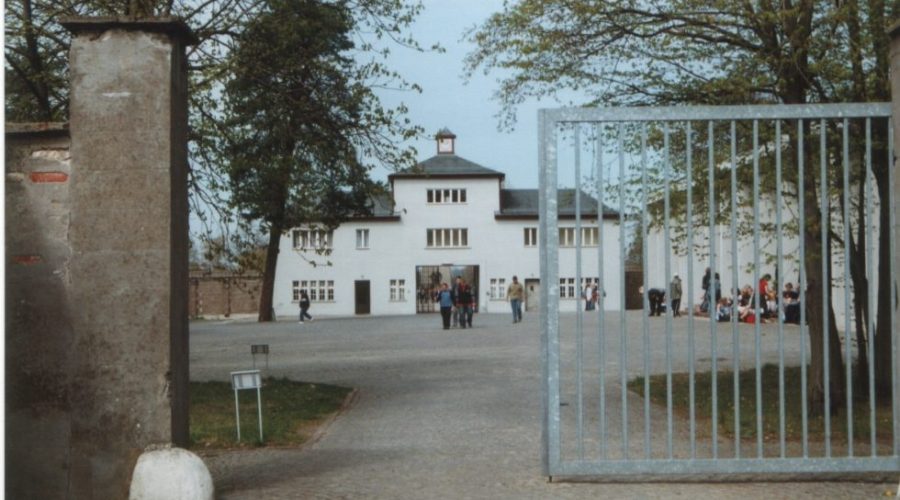What are the concentration camps in Germany near Berlin that you can visit?
For those interested in World War II and the Holocaust, Germany offers a country steeped in history and for those seeking historical insight, visiting concentration camps is a grave yet educational experience. When in Berlin, you will find concentrations camps within a short amount of time that you are able to visit to get a better understanding of this black period in world history.
Sachsenhausen Concentration Camp
Just occasion Berlin Saxon concentration camp shows a frightening vision of the Nazi government. Built in 1936, it became an example for other concentration camps. You will have the opportunity to admire various places of the camp such as prison barracks, cells of punishment and execution trench. As visit to the museum on site allows to get more information about the history of camp and the fate of its prisoners.
Ravensbrück Concentration Camp
Situated about 80 kilometres north of Berlin, Ravensbrück Concentration Camp was the primary feminine camp during the Nazi propaganda. In operation since 1939, it held about 130,000 females detainees during its years. The camp has many constructions built; as the crematorium and the prison barracks, and memorial. Visiting Ravensbrück enables visitors to gain insight into the specific lives and challenges of women at that time.
Sachsenhausen Death March Memorial
The Sachsenhausen Death March Memorial commemorates the prisoners who died in World War 2 as a result of the forced marches that happened as the conflict came to its end. Marching from Sachsenhausen Concentration Camp, the distance covered was about 200km. The memorial is a memorial of the victims and there it is also the possibility to get further information about the atrocity of this time.
Dachau Concentration Camp Memorial Site
Not a Berlin location, Dachau Concentration Camp Memorial Site is an integral stop for any who want to understand the Holocaust. It is the first Nazi concentration camp built in Germany situated just outside of Munich. The site is home to a huge exhibition, giving a thorough account of the camp’s history and the unimaginable hardships that its prisoners faced.
Tips for Visiting Concentration Camps
Respectful Behavior
When visiting these solemn spots it is very important to act respectfully and with respect. Remember that these are places of remembrance and reflection.
Guided Tours
Think of participating in a tour guide or engaging a knowledgeable guide to gain a better understanding and to get insight of the historical setting of each camp.
Planning Ahead
See the opening times and any limitations first. Some sites might be accessible only with restrictions or by booking in advance.
Emotional Preparedness
Be warned for an emotionally heavy encounter. It is not rare for visitors to be moved to near despair or overwhelming despair by the tales and relics kept here.
Learning from the Past
Bear in mind that the aim of visiting these camps is to learn from the past and make sure that historical atrocities are never repeated. Participate in open talk and dialogue about what you have seen and what you have gone through.
Conclusion
A trip to the concentration camps outside of Berlin can be a somber one but a well-informed and enlightening visit to get a strong understanding of the atrocities of the Holocaust. By visiting these sites you are helping to keep alive historical memory and stopping others happening again. Keep in mind that when visiting every individual with respect, empathy and a willingness to learn should be your approach. In this way, you can prevent the lessons written in the past to become forgotten and hence provide them with a guiding light for the future.
Table of Contents



